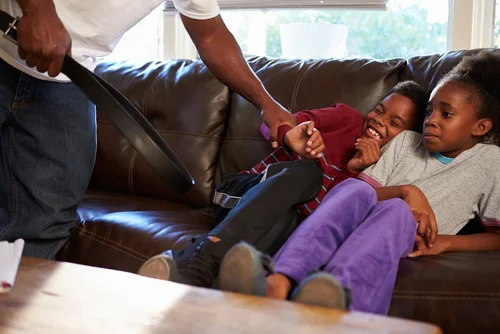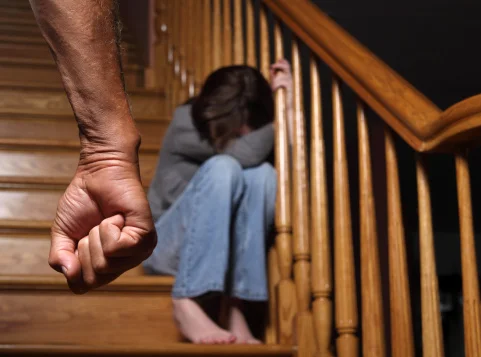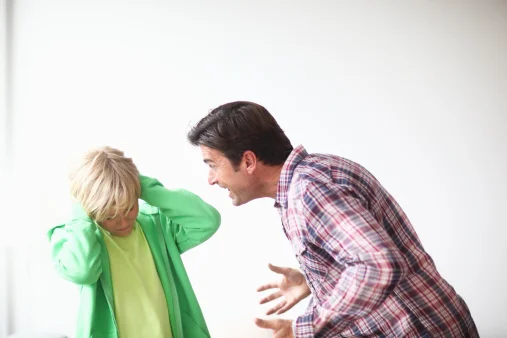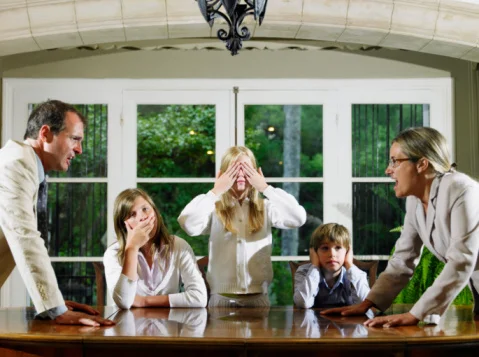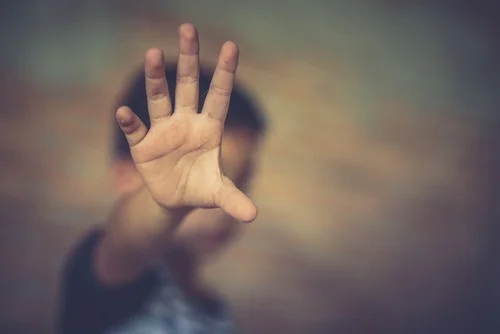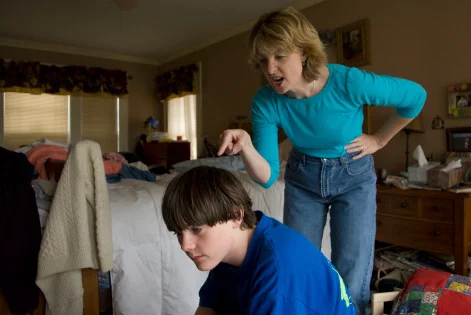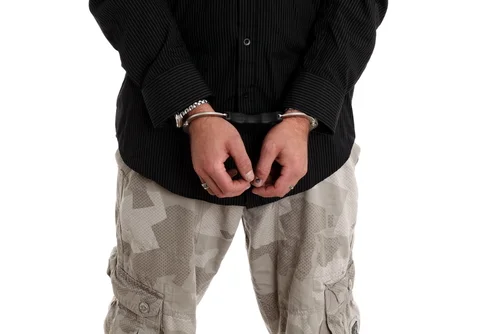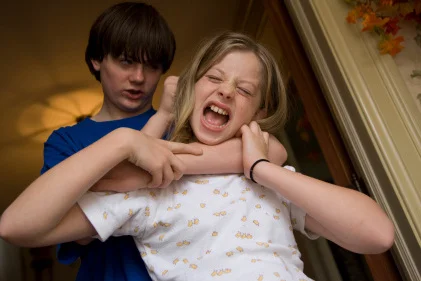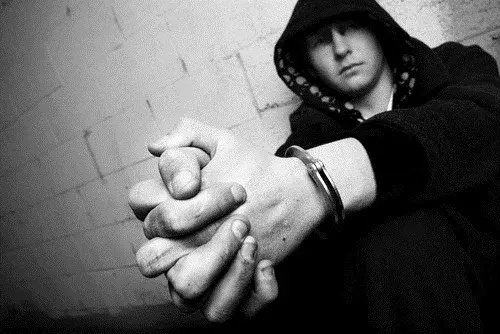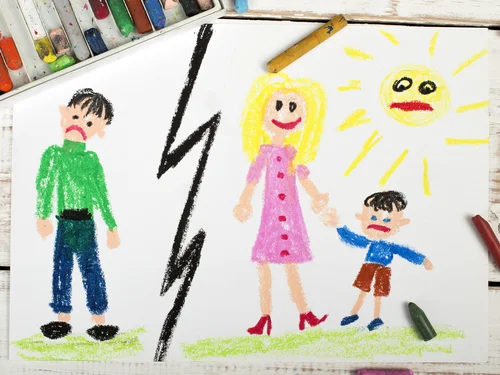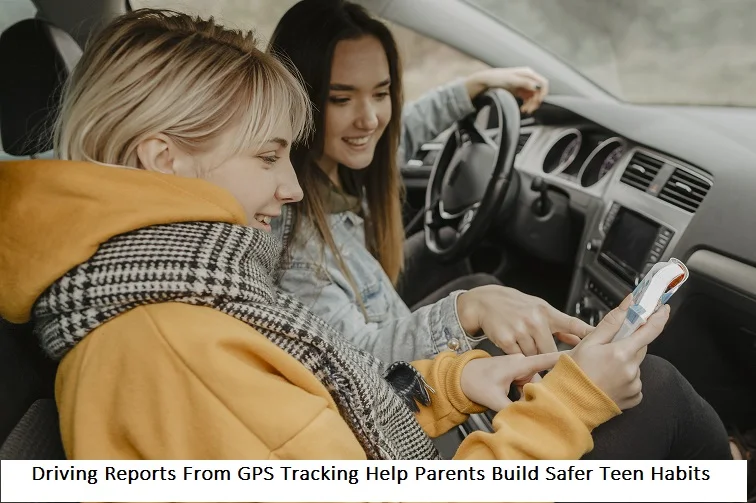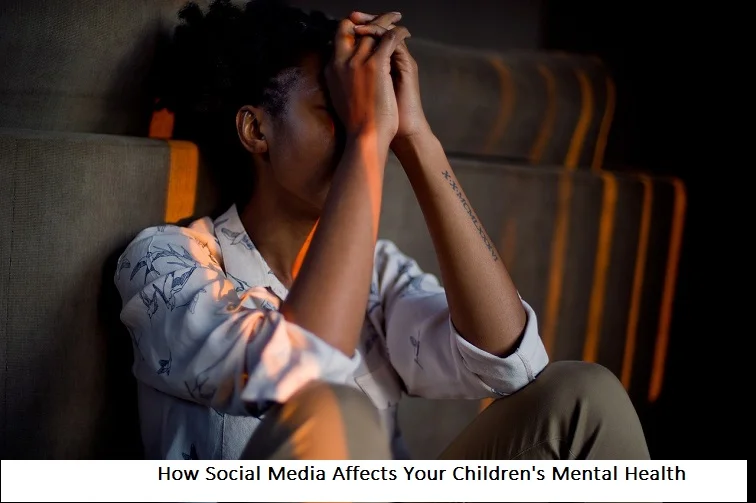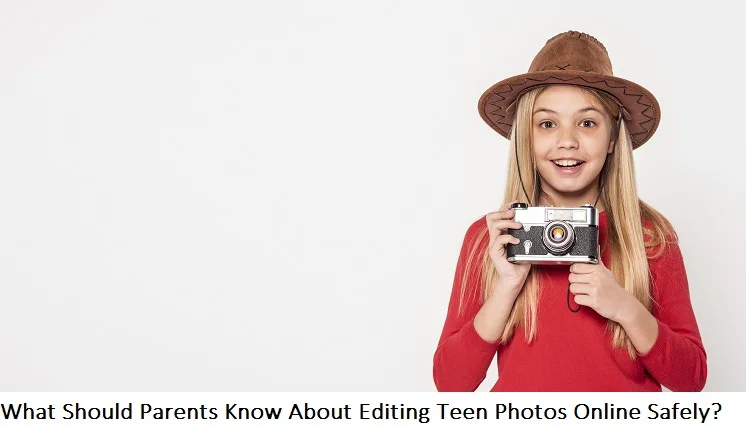+1 845 259 2974 (11 a.m to 7 p.m CST)
Are Internet Giants Failing to Stop Sharing of Child Abuse Images?
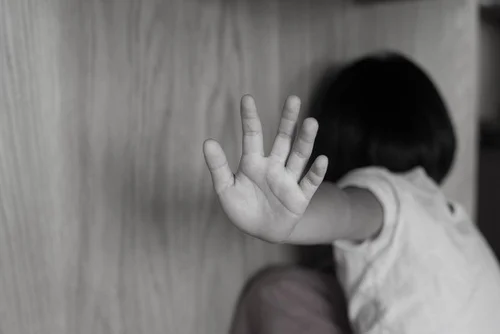
While the internet is considered a blessing for many of us, it can also be horrific for several reasons. For instance, when it is used for an illegal purpose, it can wreak a havoc for many people, especially young children. Recently, there has been a huge uproar regarding the sharing of child abuse images on popular internet sharing platforms.
To name a few web giants, Facebook is one prime example. Reportedly, these internet companies have the technology to control as well as put a stop to the circulation of the digital child abuse images among the paedophiles who have been using these images for their own evil benefits. These companies are doing very little to stop these images from getting uploaded and shared across the internet.
This problem has been evidently witnessed more in the UK when the National Crime Agency (NCA) took a notice of one of the major reasons behind the imminent rise of sexual attacks among children. NCA claimed the internet firms are not doing much to stop the sharing of child abuse images on the web.
How Can Internet Giants Help?
Thousands of children are being needlessly exploited and abused online while actually, these internet companies can do a lot more to stop it from happening at the source. With their technological ability, they can stop paedophiles from uploading and circulating the vile content on the web.
Before uploading the images on to their hosting platforms, the internet firms can prescreen them and if they come across indecent imagery, they can stop them from getting uploaded. Every type of content we see on these content sharing platforms be it images, videos, GIFs, is only uploaded to them after going through meticulous monitoring and prescreening. So, these internet companies can stop the indecent imagery from getting uploaded and then eventually shared on their platforms.
Each digital image shared on the internet comprises of a digital hashtag and the internet service providers have the technological ability to capture them before they are uploaded.
When the internet firms stop such images from being uploaded on their platforms, hundreds and thousands of children would be spared from being revictimized again and again as their images are shared multiple numbers of times, becoming accessible to a large number of people.
The Severity of the Problem
As per NCA, there are around ten million indecent child abuse images floating on the internet known to the law enforcement. These child abuse images are shared via the dark web as well as regular internet. The NCA also reports that they have witnessed a 700% increase in allegations of child abuse images since 2013.
When these indecent images will be taken off the internet, NCA and other agencies will be able to pay more attention to tackle the complex and higher-level criminal activities where the accused are physically attacking and abusing the children.
There is an apparent rise in the number of sexual attacks involving physical abuse. In the Philippines, there are gangs who carry out attacks on children for ‘made-to-order’ on the internet via online chats using the webcams. Paedophiles, who are watching on the web, are able to choose the victim from their ethnicity and dress. They express want they want to see, agree on a price and then watch the abuse happening directly in front of them via webcams.
These advanced-level criminal activities can be looked upon and taken care of by the police officials and authorities only when the internet companies offer their support in removing the indecent imagery from their platforms. When there’s no such content available on the internet, the paedophiles won’t be able to target victims easily.

